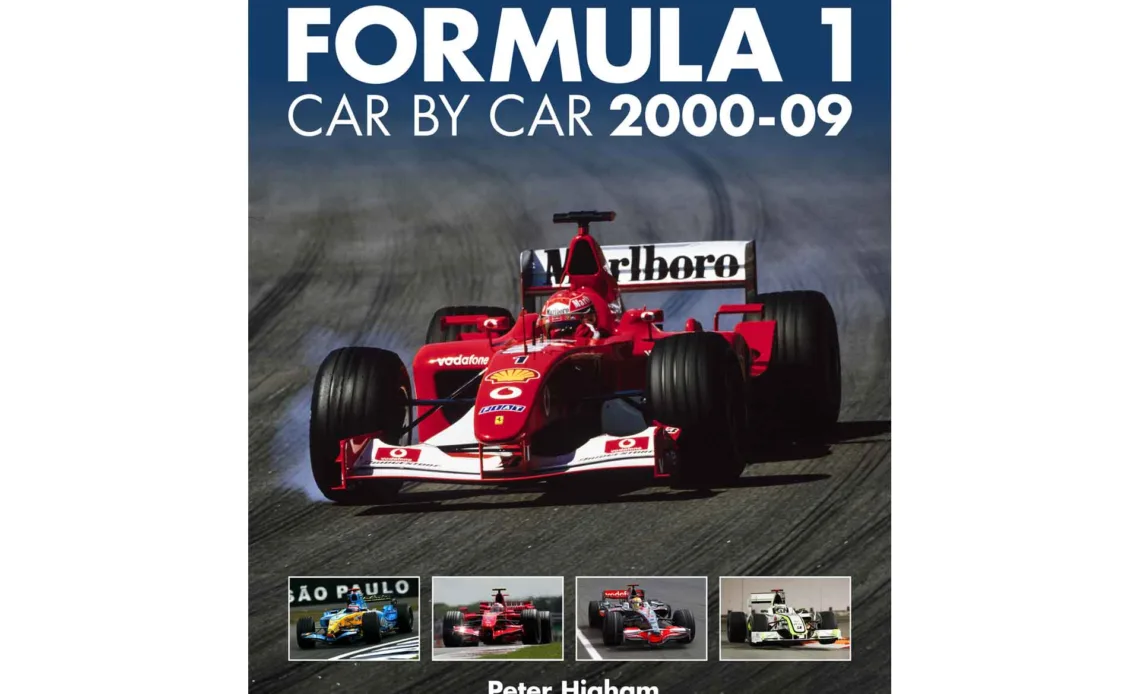Last weekend in Monaco the top four places on the grid were filled by Ferrari and McLaren’s cars. That’s been a rare sight for years – since the period covered by the latest instalment in Peter Higham’s series on F1 car design.
Not since 2008 had the four cars of those two top teams locked out the leading rows of the grid. But between 2000 and 2009 McLaren and Ferrari were more often than not the championship protagonists.
For the first half of that decade Michael Schumacher and Ferrari held sway, and his devastating F2002, which never failed to take him to the podium all season in 2002 graces this book’s cover. Its pages also feature Fernando Alonso’s world championship-winning Renaults and the McLaren which took Lewis Hamilton to his first title, not to mention the Brawn BGP-001 which pulled off the incredible zero-to-hero success which ended this decade.
The sixth volume in Higham’s series is almost identical in size and format to the earlier books. But inevitably, as the number of F1 teams dwindled from the highs of the eighties to just 10 by 2009 (two of which shared the same owner, as they still do), each team’s car has more text dedicated to it in this latest book.
This is partly the reason for my only criticism of ‘Formula 1 car-by-car 2000-09′. Although the author has more space to lavish attention upon each machine, the details covering their design and technology feel if anything slightly more sparse than in earlier titles. By the noughties F1 teams had begun guarding their innovations against rivals’ spies (and prying journalists) much more effectively and issuing fewer details of their specifications and performance beyond those required by the increasingly restrictive rules.
While the number of cars covered by the book has inevitably fallen, the number of grands prix has increased. The title may be ‘car-by-car’ but it often reads more ‘race-by-race’. But the prose is as well crafted as in previous editions and even those who followed F1 closely during this period may discover details that are new to them not just about the front-running creations of star designers like Adrian Newey, but also the final cars of Arrows, Minardi and other much-missed names.
With fewer teams and drivers, the quantity of images has fallen compared to previous books, but you cannot fault them on thoroughness and quality. A clear brief to show each car from a variety of angles with each of its occupants – including ‘practice…
Click Here to Read the Full Original Article at RaceFans…

